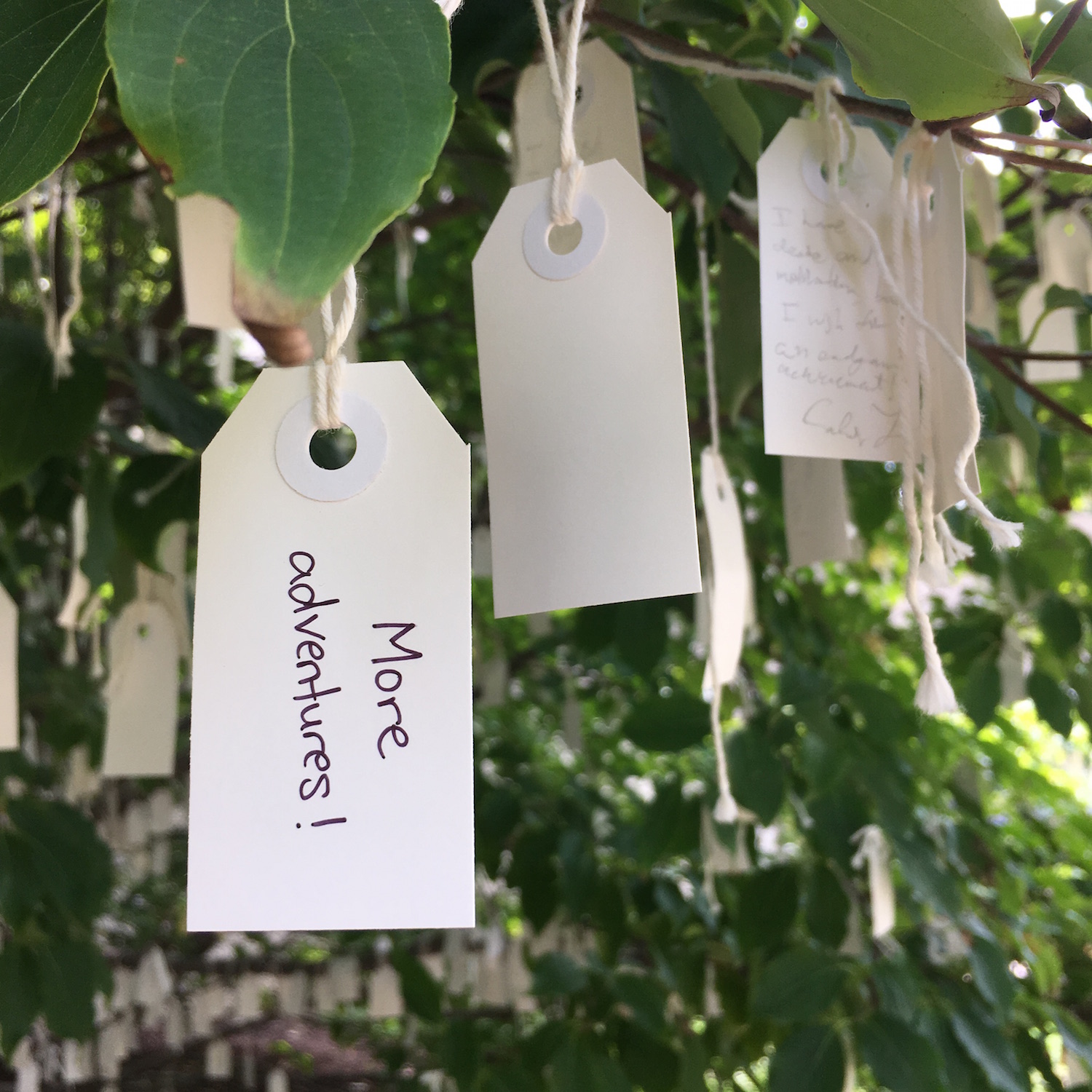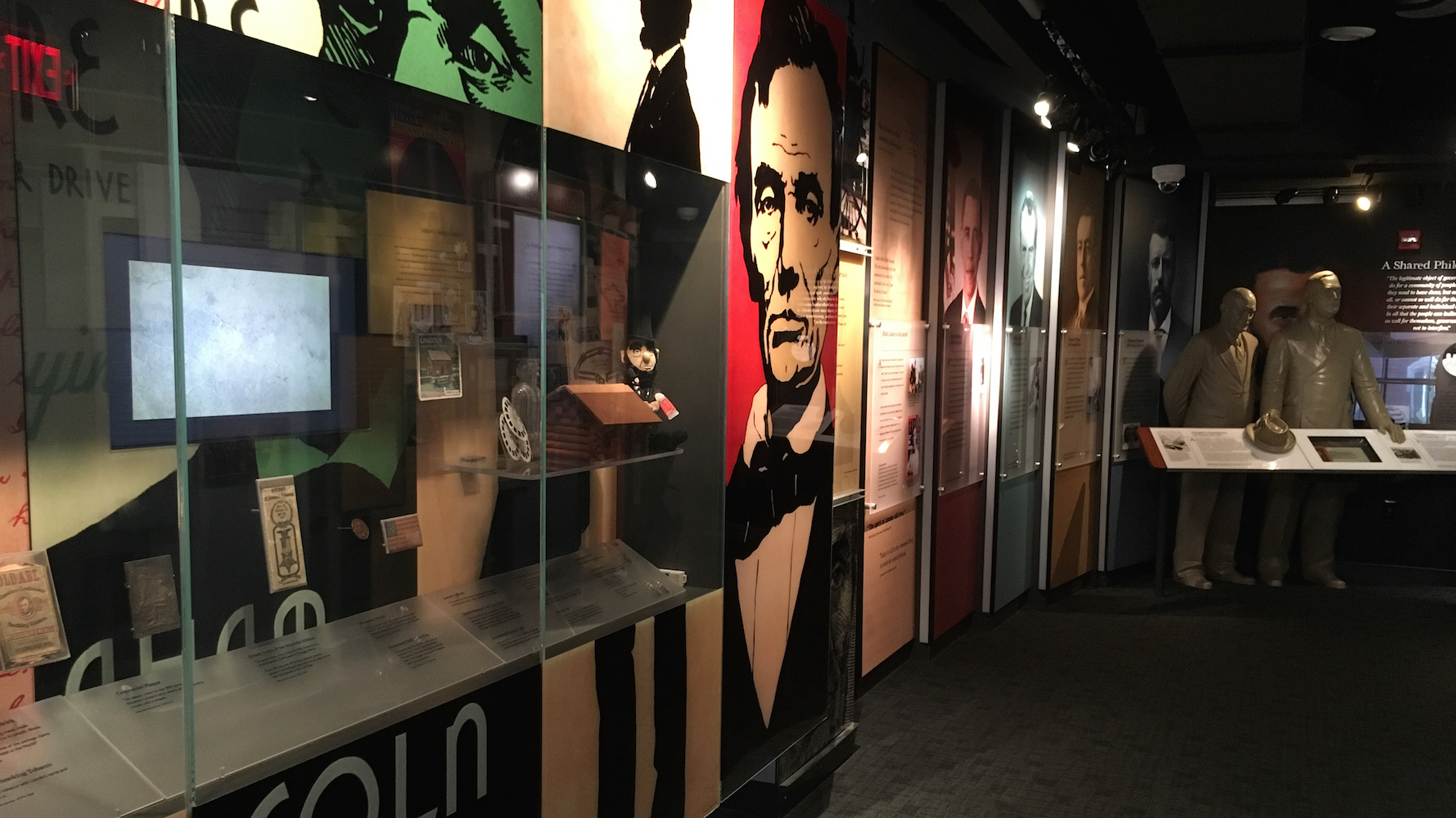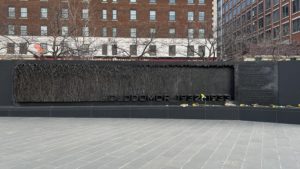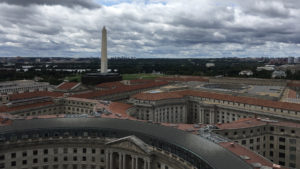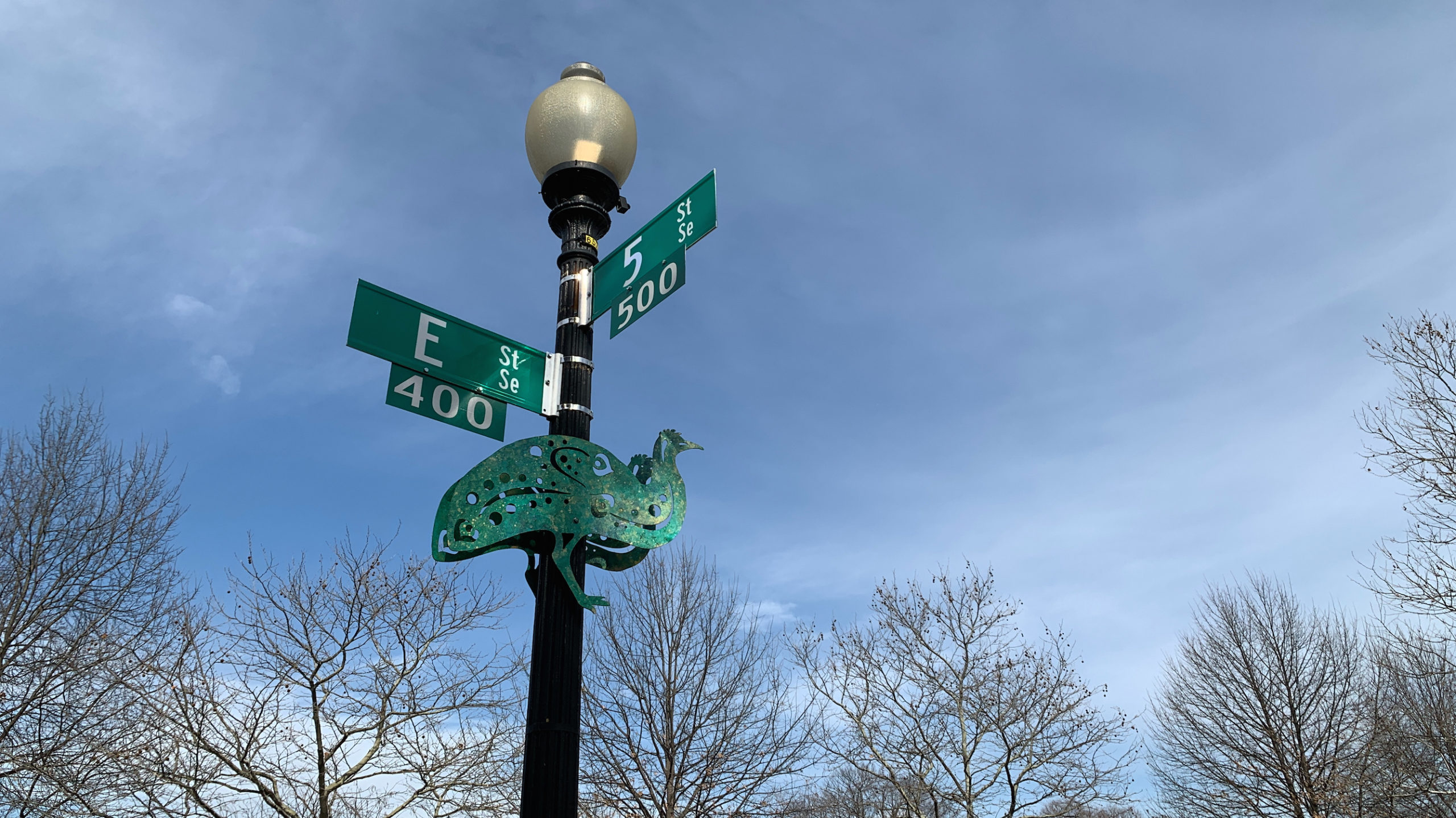Petersen House is the historic boarding house where President Abraham Lincoln died after being shot
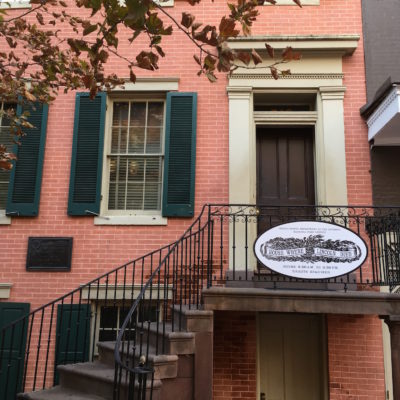
Although a visit to the Petersen House is included in the Ford’s Theatre ticket, many tourists move on to other sights after visiting the museum and theater. The Petersen House is well worth the extra time, however, as it is the house where Lincoln died. After being shot at Ford’s Theatre, President Abraham Lincoln was moved across the street to the Petersen House to receive medical treatment and escape the panicking crowds. He was carried into the back bedroom of this boarding house where he was laid diagonally on the bed because it was too short for him. As you enter the boarding house, the first room is the parlor where Mary Todd Lincoln waited to learn of her husband’s condition.
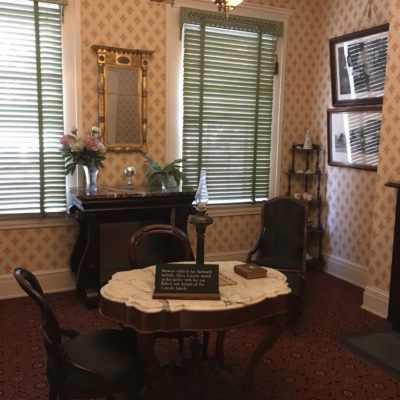
Since the Civil War was ongoing when Lincoln was shot, this attack was considered an act of war. Lincoln’s Secretary of War turned the next bedroom into a temporary war room where cabinet meetings were held and the hunt for the assassins was coordinated. In the last bedroom, doctors removed a bullet and several skull fragments from Lincoln’s brain. These are on view at the National Museum of Health and Medicine. President Lincoln died the next morning without regaining consciousness. Although the Petersen House is decorated as it was the night Lincoln was assassinated, some of the original artifacts are located in other museums. His deathbed, for example, is located in the Chicago American History Museum, so the one on display is a replica. The chairs surrounding the bed show how crowded the room was with concerned cabinet members and doctors.
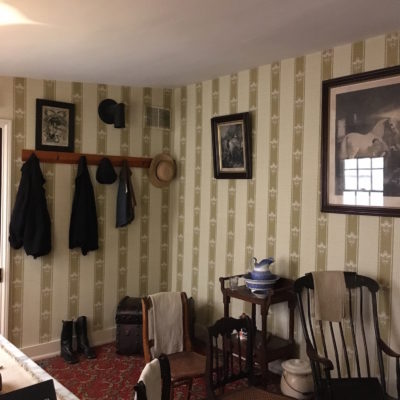
After visiting the Petersen House, visitors exit by taking an elevator to the fourth floor of the adjacent building and working their way down through the Aftermath exhibits. The first section of exhibits is presented inside a model of the funeral train that transported Lincoln’s body from Washington, DC to be buried in Springfield, Illinois. The train followed the same route Lincoln took to Washington for his inauguration and stopped several times along the way to give the public an opportunity to pay their respects.
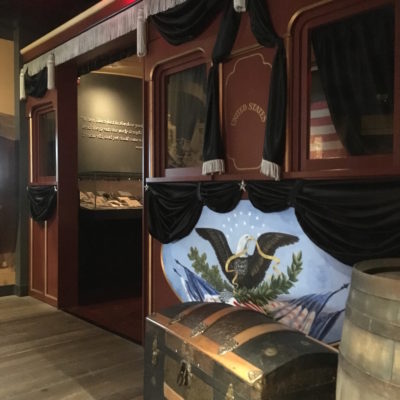
The next section of the Aftermath exhibits describes the investigation of the assassination, hunt for John Wilkes Booth, and trial of the remaining conspirators. After the trial, four of the seven conspirators were sentenced to death by hanging at Grant Hall. Mary Surratt, convicted for her role in allowed the conspirators to meet at the Surratt Boarding House to plot the assassination, was the first woman to be executed by the federal government. Sections of rope used in each of the conspirators’ hangings are on display.
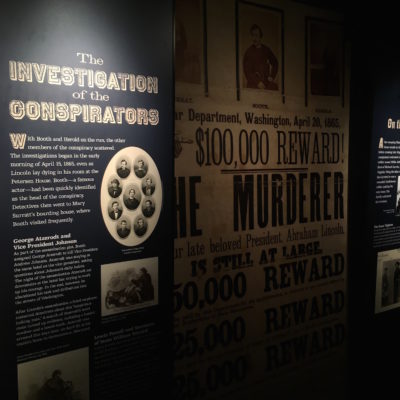
Other parts of the Aftermath exhibits show the impact that Abraham Lincoln’s life and death continues to have in our society. Lincoln’s legacy has been honored not only in the United States, but around the world with commemorations, memorials, and tributes. Cuba, for example, included a photo of Abraham Lincoln on a postage stamp in 1942.
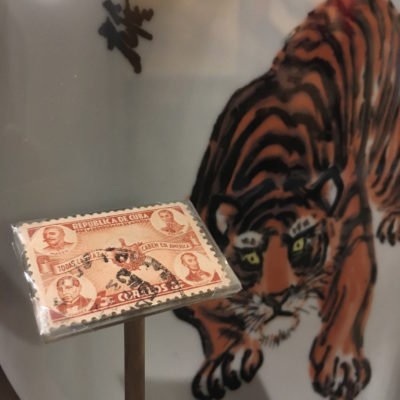
The tower of books in the middle of the spiral staircase as you descend through the Aftermath exhibits symbolizes the more than 15,000 titles that have been written about Abraham Lincoln. Unfortunately, the tower itself only contains around 6,800 books and is actually made up of only 205 titles (repeated throughout the tower). This is one of the few examples where my post-adventure research led to a disappointing rather than exciting discovery.
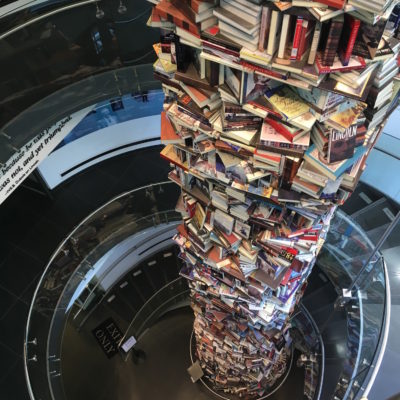
The Petersen House itself is small, but the Aftermath exhibits take up several floors and include a lot of interesting exhibits. It takes about an hour to visit the whole thing. If you have already visited Ford’s Theatre but didn’t make it across the street to the Petersen House, you can beat the crowds by heading here first thing in the morning. Most visitors will spend 45 minutes to an hour at the museum and theater, leaving Petersen House open for quiet exploration.
Like this adventure? Subscribe to the newsletter to get updates with the latest adventures on the blog, ideas for things to do in DC, and tips for exploring the District.
Address
516 10th St NW
Metro Station
- Metro Center (RD, OR, BL, SV)
- Gallery Place-Chinatown (RD, GR, YL)
- Archives-Navy Memorial-Penn Quarter (GR, YL)
- Federal Triangle (OR, BL, SV)
Accessibility
The Aftermath exhibits and back porch of the Petersen House can be accessed by an elevator located in the lobby of the Center for Education and Leadership, which is to the left of Petersen House.
Cost
Free
$3.00 per ticket for advance registration
Hours
Open daily from 9:00 am – 5:00 pm
Note: Petersen House will be closed from December 25, 2017 to June 2018 for restoration.
Length of Adventure
1 hour
Website
https://www.fords.org/visit/historic-site/petersen-house/
